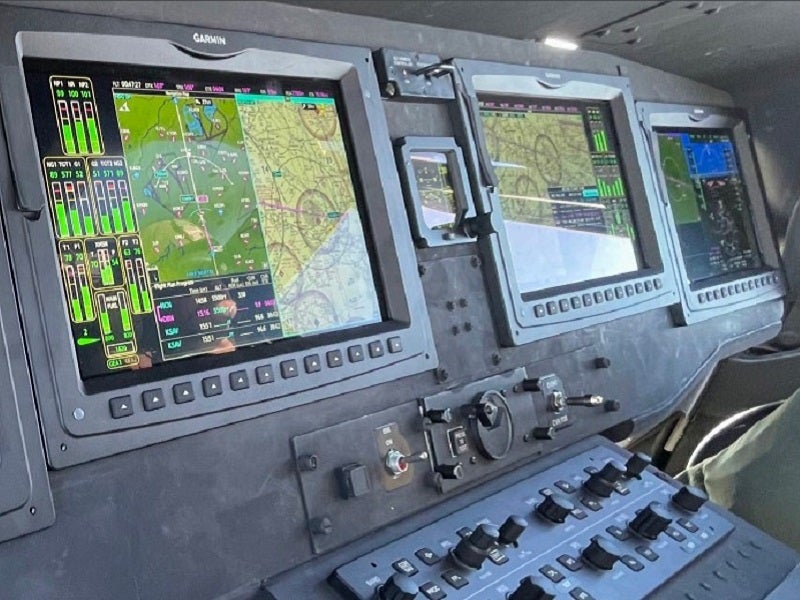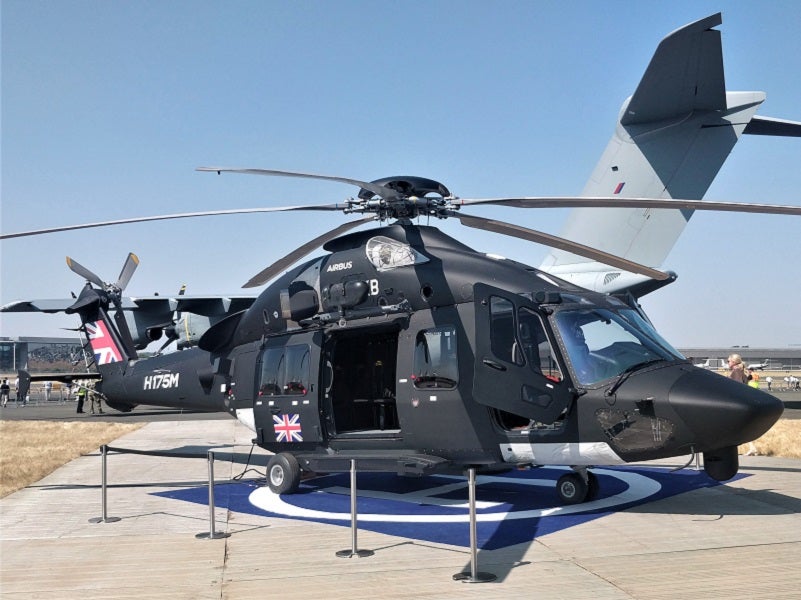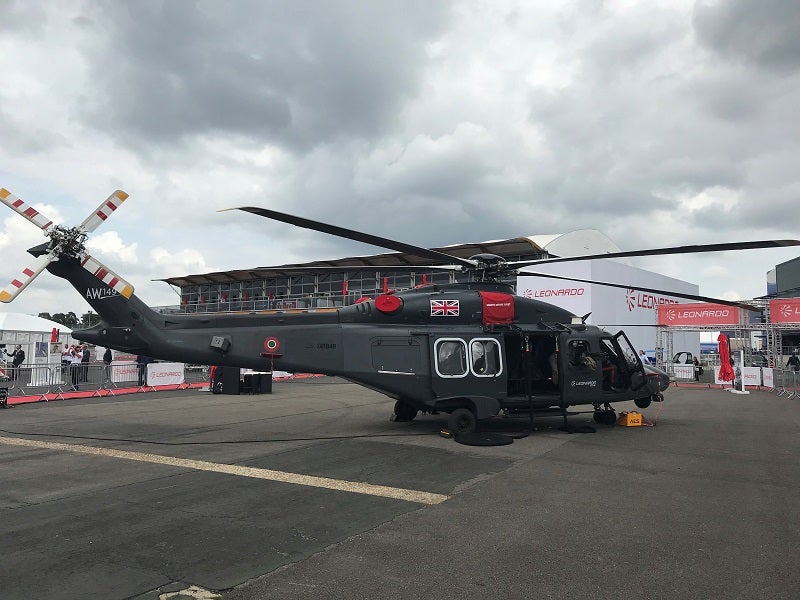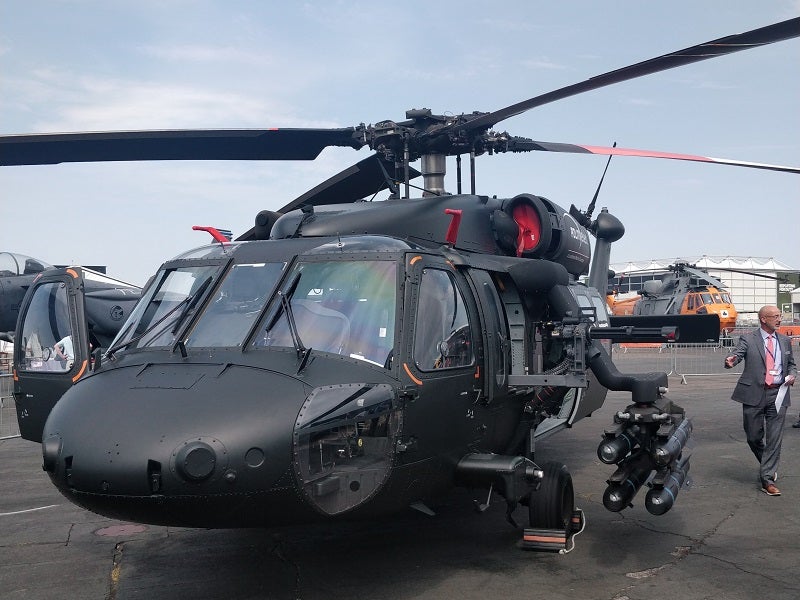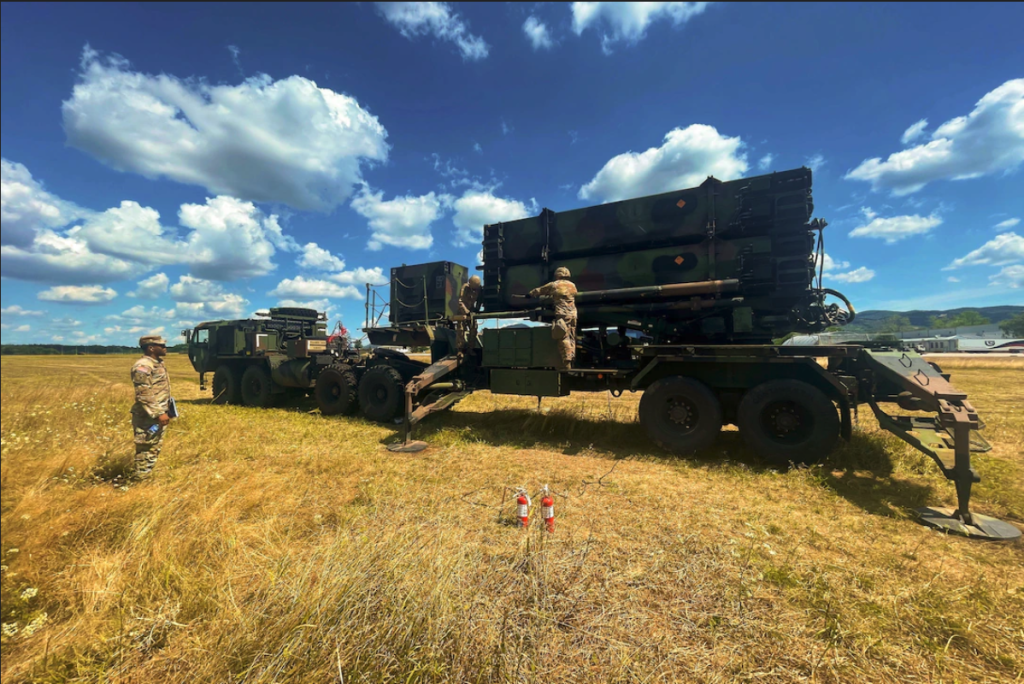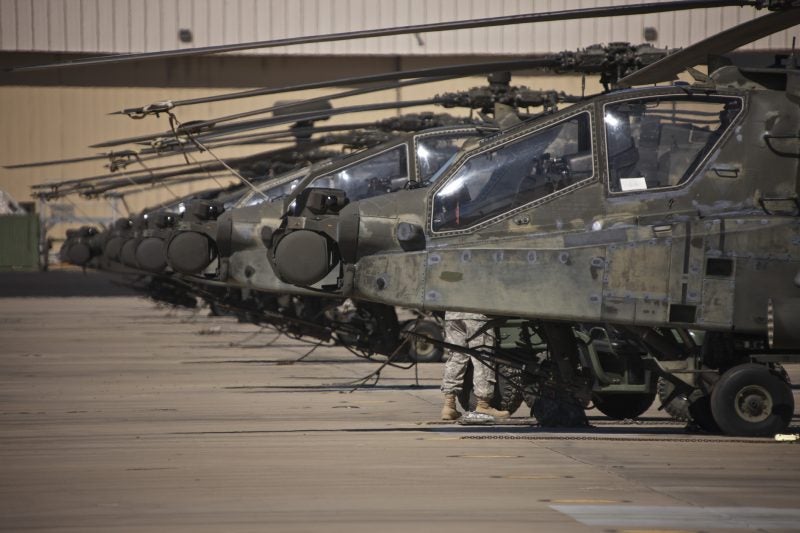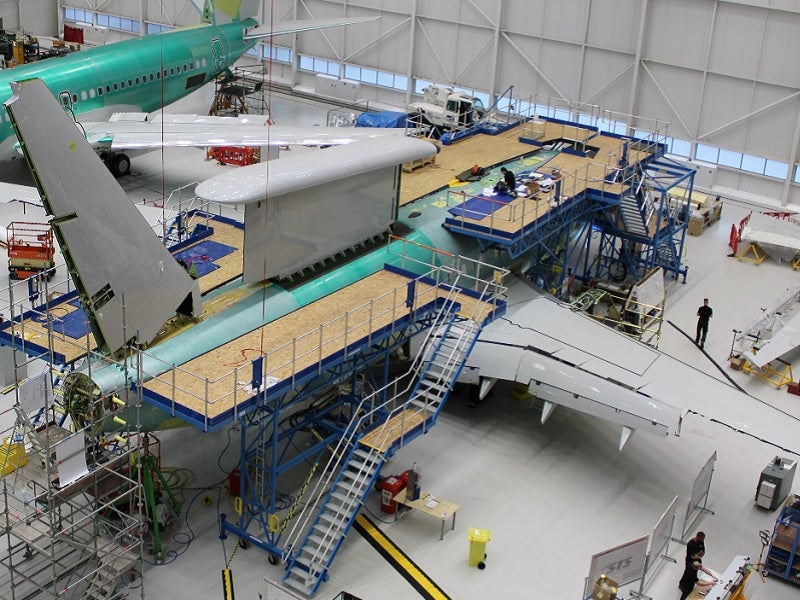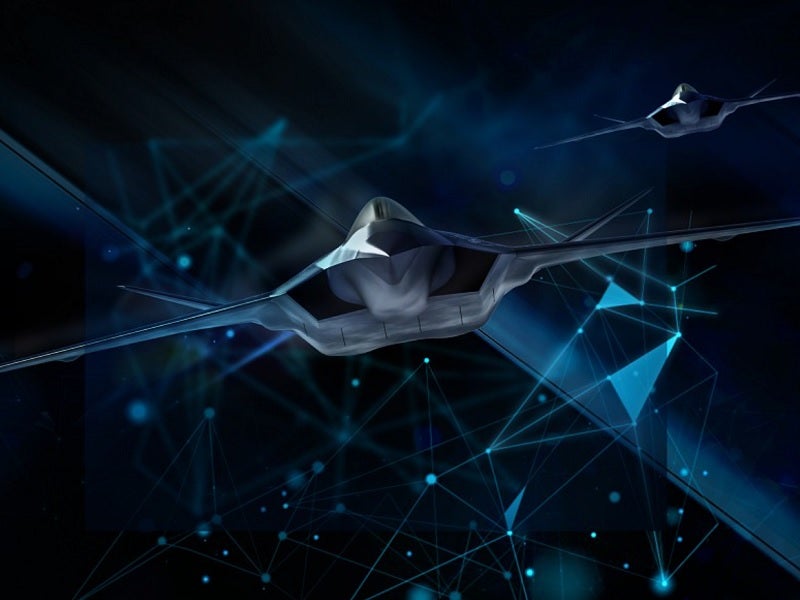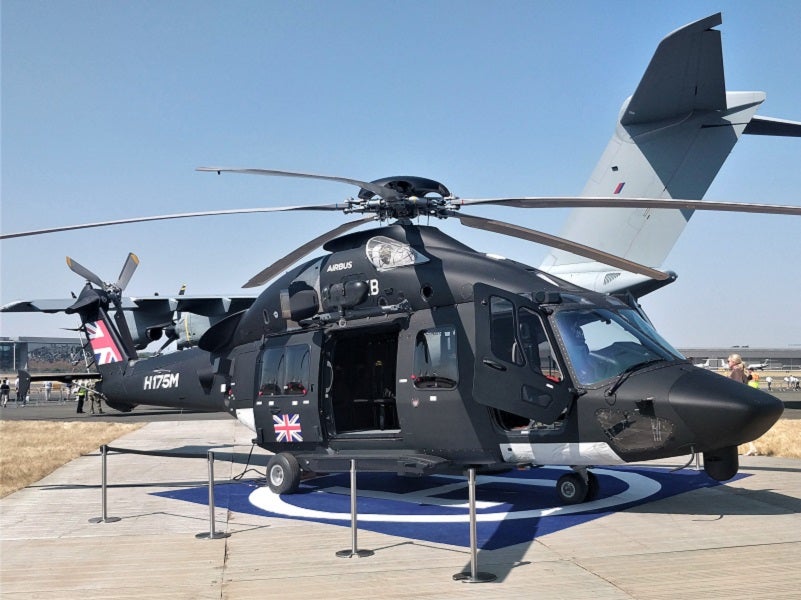
Showcasing their platform solutions for the UK’s New Medium Helicopter (NMH) requirement at his month’s Farnborough International Airshow were a number of the major bidders, including Airbus Helicopters with the H175M, Leonardo with the AW149, and Lockheed Martin with the S-70M Black Hawk.
The NMH requirement, according to the UK Ministry of Defence (MoD), is for up to 44 aircraft in a contract worth £0.9-1.2bn ($1.09-1.45bn) that “intends to rationalise [the MoD’s] existing multiple rotary-wing requirements into one platform type, maximising commonality in order to improve efficiency and operational flexibility. NMH will provide a common medium-lift, multi-role helicopter, fitted for, but not with, specialist Mission Role Equipment and able to operate in all environments in support of defence tasks.”
As well as replacing the fleet of 23 Royal Air Force (Raf) Puma HC2s operated by No 33 and No 230 squadrons out of RAF Benson in Oxfordshire from 2025, the NMH programme will also replace five Bell 212s serving with the Army Air Corps’ (AAC’s) No 667 Squadron in Brunei, three Griffon HAR2s operated by the RAF’s No 84 Squadron out of RAF Akrotiri on Cyprus (tasked with search and rescue), and six special-forces-roled AS365 N3 Dauphin IIs operated by the AAC’s No 658 Squadron from the Special Air Service barracks at Credenhill in Herefordshire.
Beyond procuring aircraft, the NMH contract “will also include the provision of training capabilities and a maintenance/spares package as well as design organisation scope”, according to the MoD.
Given that the NMH has been given a relatively ambitious in-service date of 2025, it is thus likely that the MoD will seek an already existing airframe to meet the requirement. The ministry has stated that the NMH contract duration is expected to be seven years, depending on the agreed production schedule, while the support solution duration “is anticipated to be approximately five years from first aircraft delivery … or until aircraft production is complete, whichever is later”.
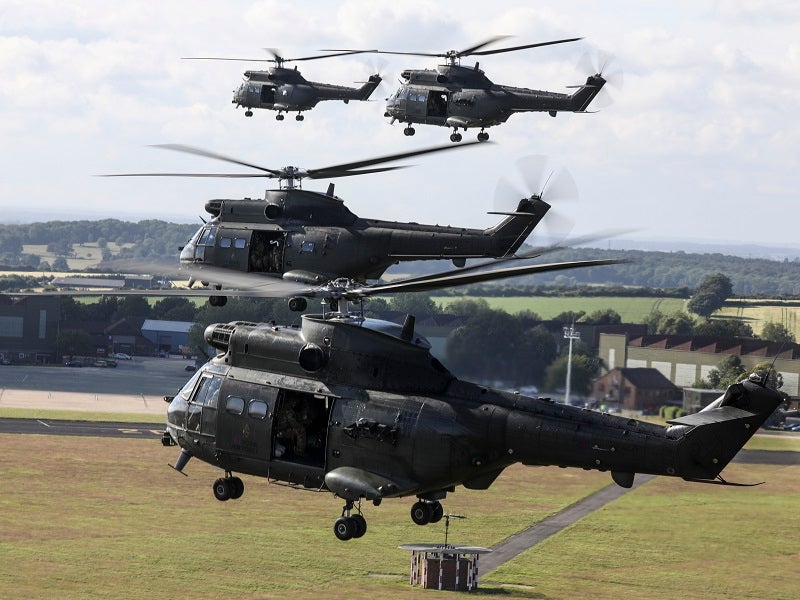
Although the process to replace the UK’s Puma fleet began in March 2021, it was not until 18 May this year that the MoD released its NMH ‘Contract Notice and Dynamic Pre-Qualification Questionnaire’, with a deadline of 20 June for responses.
Apart from the aforementioned parameters, the NMH requirement therefore remains relatively vague at this stage, although more will become known when MoD issues a formal request for proposals (RFP), which was originally expected in September but which one bidder at Farnborough said might now appear by the end of October. A contract award is then expected by the end of the summer next year.
Asked to elucidate on the NMH requirement in mid-July, the MoD said: “We cannot comment further while the competition is ongoing.”
The contenders stake their claims
One of the strongest NMH contenders in terms of capability, given its track record, is the Lockheed Martin/Sikorsky S-70M Black Hawk. The type, after all, has been in service since 1979, is operated by more than 30 countries and various different configurations, and was designed from the outset as a military aircraft. At Farnborough Leon Silva, Sikorsky’s acting vice president for global commercial and military systems, said of the Black Hawk, “We’re fixing to build the 5,000th aircraft, so we kinda know what we’re doing”, although he pointed out that the “third-generation” S-70M on display at the show incorporated thousands of improvements over the original S-70A.
The one notable weakness in the S-70M’s bid is the relatively low degree of UK content on the aircraft, given that the baseline airframes would be delivered from Sikorsky’s PZL Mielec facilities in Poland, although Silva maintained there would be “industrialisation opportunities in the UK” that could be scaled and that Lockheed Martin remained “open and flexible in relation to what might work here”.
Leonardo, meanwhile, announced at Farnborough that it has already started to establish an AW149 manufacturing facility at its site in Yeovil site in southern England. Noting this was “a demonstration of our commitment”, Mike Morrisroe, head of UK campaigns for Leonardo Helicopters, told GlobalData at Farnborough that the “jigs, tools and fixtures are already in place” and that Yeovil engineers are already training in Italy”.
Leonardo is pledging UK content of 60-70% in its NMH bid and the capability to deliver military off-the-shelf aircraft from Yeovil within 12-14 months of any contract signature.
For Airbus Helicopters a key differentiator in its bidding of the H175M is the fact that the aircraft features the Airbus-proprietary Helionix avionics suite: precisely the same systems used by the UK Military Flying Training System’s Juno HT1 (H135) and Jupiter HT1 (H145) helicopters, offering significant savings in time and cost on training.
Airbus would manufacture the H175M at its facilities in Broughton, North Wales, and produce an aircraft that would be 60-70% UK sourced.
While Bell was present at Farnborough and is keen to pitch its 525 Relentless as an NMH contender, company officials were reticent to talk about any NMH bid, perhaps given that the aircraft has yet to be certified (this is now likely to happen this year). “Once we see the RFP, then we’ll know,” a Bell spokesman told GlobalData.
The most novel approach to the NMH contest comes in the form of low-cost, non-OEM contender AceHawk Aerospace. The essence of the company’s bid is that it would take decommissioned, older-model Black Hawks and remanufacture them around a ‘digital backbone’ centred on the Garmin G5000H digital cockpit. The solution is already certified and in service in Austria, while AceHawk would perform its NMH ‘ML-70’ conversions out of Teeside, playing to the UK Government’s north/south ‘levelling-up’ agenda.
AceHawk is thus playing to the possibility that NMH could, in theory at least, be an interim procurement, whereby the UK MoD buys a stopgap solution while waiting to fold into what comes out of the US Future Long-Range Assault Aircraft programme further down the line.
While AceHawk representatives at Farnborough acknowledged they might be allowed to compete by the MoD to drive down the costs of the other bids, the longer they remain in the fight, the more seriously their bid might be considered.
The other bidders, meanwhile, point to the longevity of the RAF Pumas that are being replaced, which first entered UK service in 1971, and argue that, whatever NMH solution is chosen, it will be in service for many years to come.

